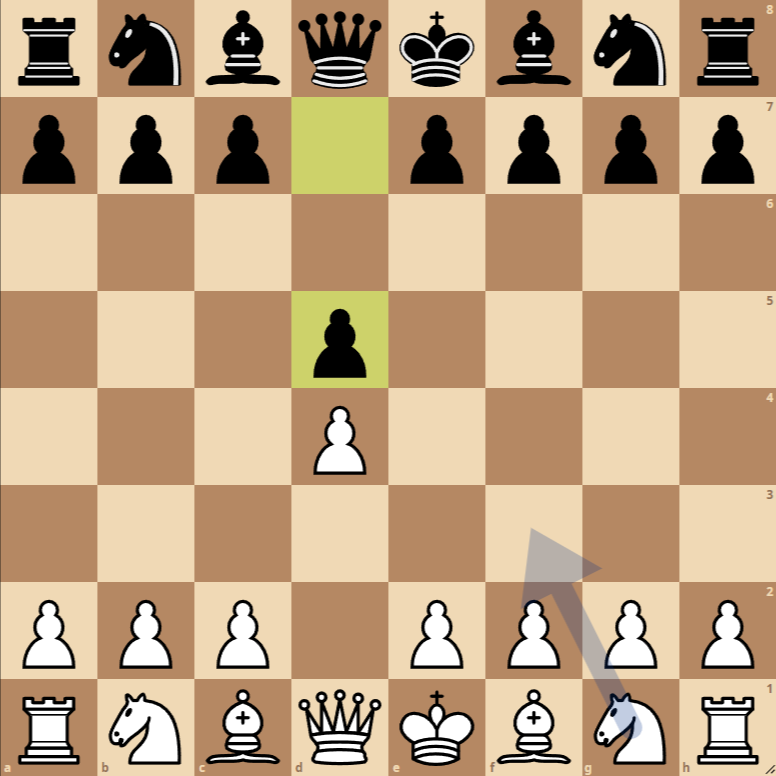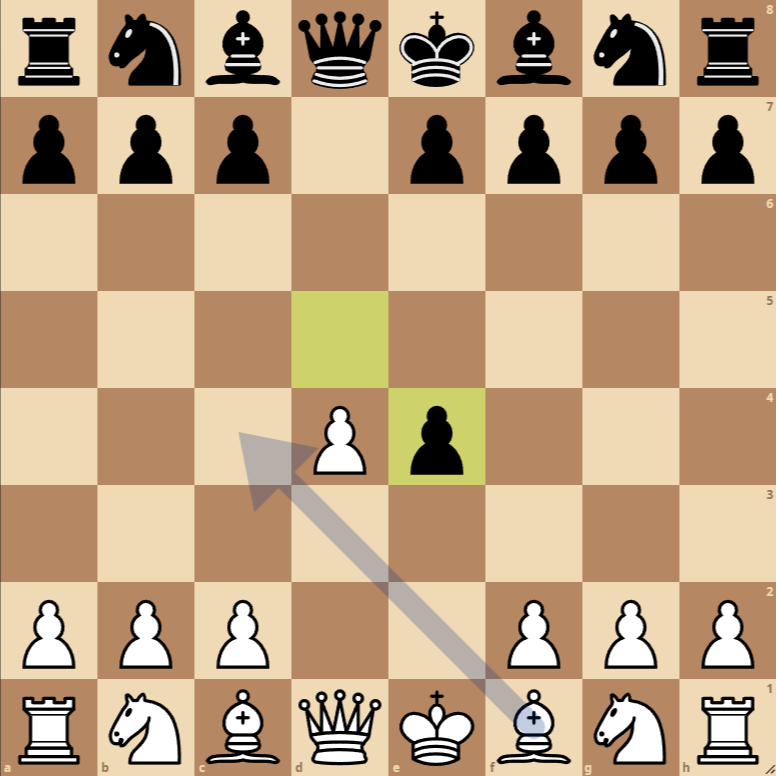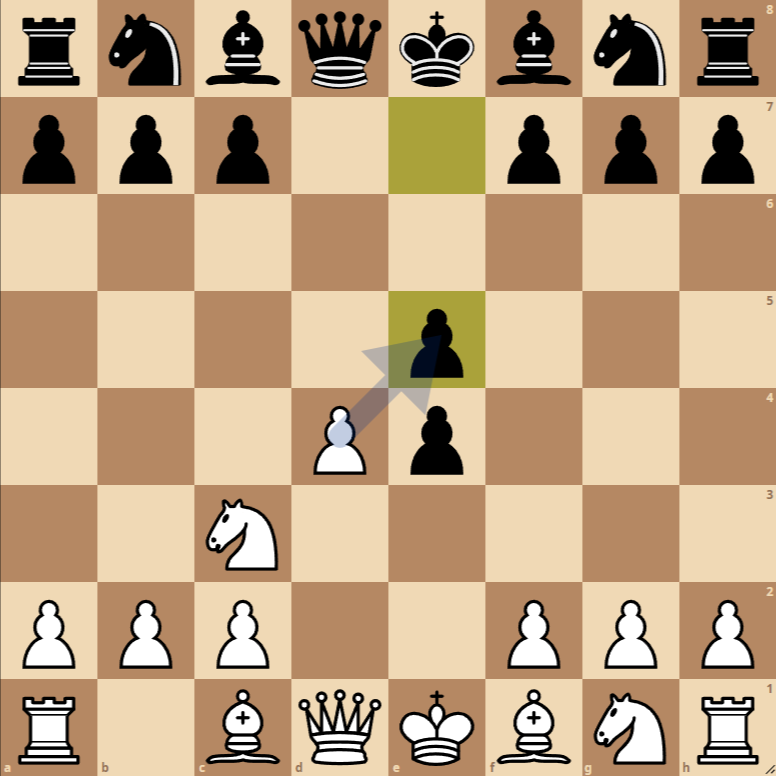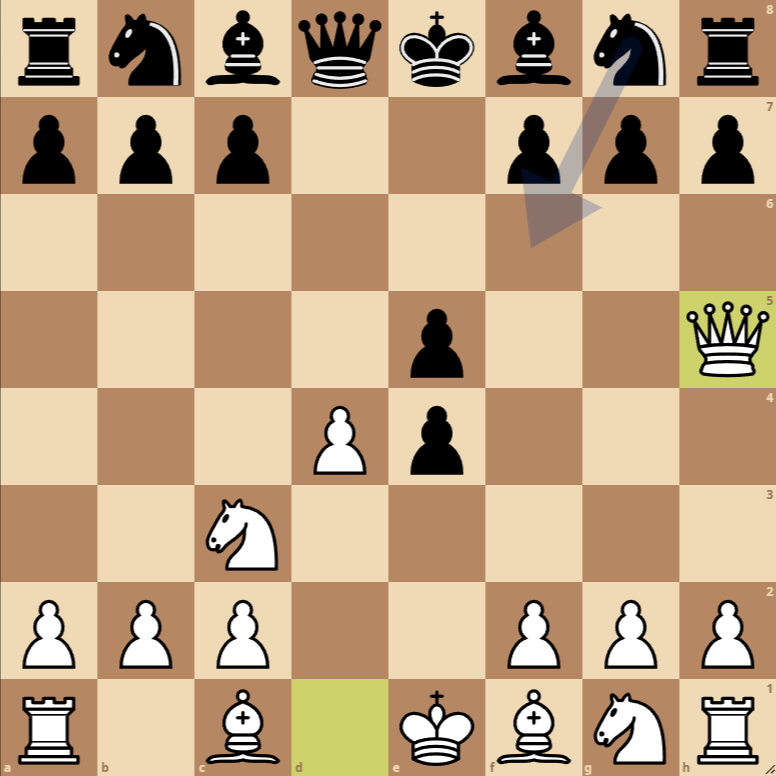How to Play the Blackmar-Diemer Gambit, Lemberger Counter-Gambit, Sneiders Attack Opening



- 1. d4 d5: Both White and Black control the center of the board, establishing solid positions for the development of their pieces.
- 2. e4: White offers a pawn to divert the Black pawn from d5, aiming to open lines for their pieces and accelerate their development.
- dxe4: Black accepts the gambit by capturing the pawn on e4. This leads to a more open position with possibilities for counterplay.
- 3. Nc3: White develops their knight to c3, attacking the pawn on e4 and preparing to recapture it, increasing pressure in the center.
- e5: Black plays e5, defending the pawn on e4 and challenging White’s control of the center.
- 4. Qh5: White moves their queen to h5, threatening an early attack on the Black king’s flank, creating tension and possibilities for direct attack.
Variants of the Blackmar-Diemer Gambit, Lemberger Counter-Gambit, Sneiders Attack Opening
e6 Defense
A common variant for Black after 1. d4 d5 2. e4 is to play e6, seeking to strengthen the center and prepare the development of the bishop. This move leads to more closed and strategic positions.
f6 Advance
Black may choose to play f6, challenging the center and seeking to activate their dark-square bishop. Although risky, this advance can lead to dynamic play and counterattacking possibilities.
In the opening that has developed through the moves 1. d4 d5 2. e4 dxe4 3. Nc3 e5 4. Qh5
We are witnessing a variation of the Blackmar-Diemer Gambit known as the Lemberger Counter-Gambit, followed by a specific attack known as the Sneiders Attack. This position is a fertile ground for strategic and tactical analysis from the perspective of both sides.
Strategies and Tactics
For White:
Strategic Objective: White seeks to unbalance Black from the start, sacrificing a pawn for initiative and rapid piece development. The move 4. Qh5 pressures the pawn on e5 and also threatens mate on f7, putting Black in a position where they must defend early.
Tactics: A common tactic for White includes creating direct threats toward the Black king, taking advantage of the delay in Black’s development and coordination. Pressure on the e5 pawn and the threat on f7 force Black to make defensive decisions.
For Black:
Strategic Objective: Having accepted the gambit, Black aims to consolidate their material advantage while accelerating their development and neutralizing White’s immediate threats. Proper defense and counterplay are key.
Tactics: In response to White’s aggressive tactics, Black may consider moves that strengthen their central position and prepare the development of their minor pieces to effective squares. King safety is also paramount, which may involve an early kingside castling.
Best Suggested Moves
- exd4: This move helps Black open central lines and increase tension in the center. It also offers the possibility of exchanging a minor piece for the advanced White pawn on e4, which could help Black equalize in development.
- Qxd4: Attacking the pawn on e5 directly, this move puts immediate pressure on Black. For White, capturing with the queen may seem less desirable as it exposes her early, but it maintains pressure and seeks to capitalize on the development advantage.
- Nf6: Develops a minor piece and counters the threat of Qh5. This move not only defends the pawn on e5 but also prepares the way for a kingside castling, improving the safety of the Black king.
Conclusion: The resulting position from the Lemberger Counter-Gambit with the Sneiders Attack in the Blackmar-Diemer Gambit is rich in tactical complexity and offers vibrant opportunities for both players. White seeks to capitalize on their initiative and development, while Black strives to defend and counterattack, leveraging their material advantage. The choice of subsequent moves is crucial in defining the course of the game, where dynamic play and tactical precision will be decisive for the outcome.

